Discover Tagong: A Hidden Alpine Gem in Western Sichuan
Nestled in the highlands of western Sichuan, Tagong (also known by its Tibetan name Lhagang) is a mystical, serene destination that’s still under the radar for many travelers. If you’re seeking a place where nature, Tibetan culture, and spiritual energy converge, Tagong should be on your radar. In this post, we’ll explore why Tagong deserves a spot on your China travel itinerary — and how to make the most of a visit there.
Where & What Is Tagong?
- Tagong is a small Tibetan town in Garzê Tibetan Autonomous Prefecture, Sichuan Province, in the historical region of Kham.
- It sits at an elevation of around 3,700 m (≈12,100 ft) and is located approximately 110–115 km northwest of Kangding.
- The name Tagong (Tibetan Lhagang) can be translated as “the favorite place of the Bodhisattva.”
- Tagong lies along the scenic Sichuan-Tibet Highway and often features on the “West Sichuan Small Loop” itineraries.
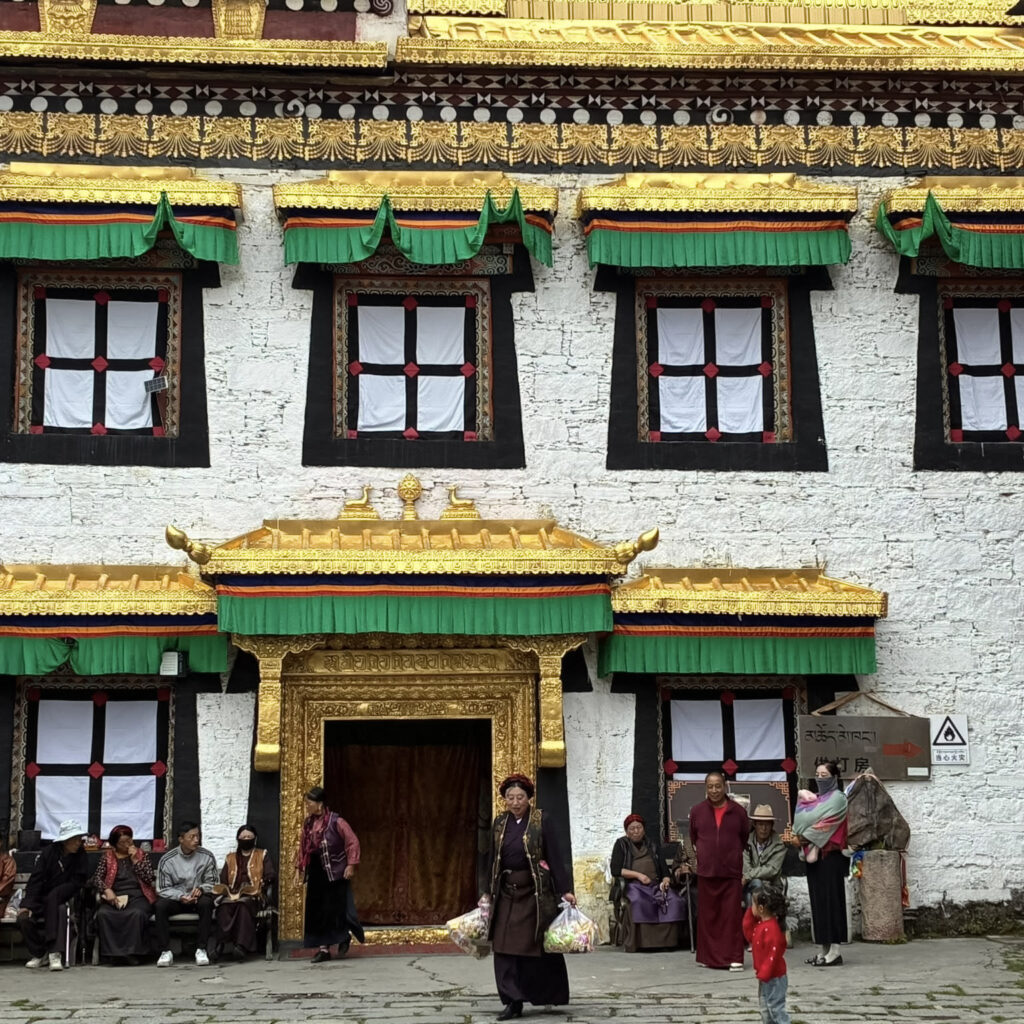
1. Visit Tagong Monastery (Lhagang Gompa): The Heart of Faith
The spiritual core of Tagong is its ancient Lhagang Monastery, home to a sacred Jowo Sakyamuni statue — said to be identical to the one in Lhasa’s Jokhang Temple. Legend says the statue miraculously stopped here, blessing the land with divine power.
What to do:
- Join early morning prayers with crimson-robed monks.
- Walk the kora path around the monastery, spinning prayer wheels as you go.
- Sit quietly in the courtyard and watch pilgrims prostrate — hundreds of times — in silent devotion.
It’s one of those places that hums with energy you can’t quite describe — part faith, part altitude, part magic.
2. Explore the Tagong Grasslands
The Tagong Grasslands stretch endlessly under a cobalt sky, dotted with Khampa nomads, grazing yaks, and white stupas.
It’s a landscape that feels ancient, where the rhythm of life still follows the wind and the herds.
Don’t miss:
- Visit a nomadic family in their yak-hair tent and share salty butter tea.
- Take a short horseback ride with a local guide — the Khampa horsemen are natural-born riders.
- Photograph the golden-hour light when prayer flags blaze against the snow peaks.
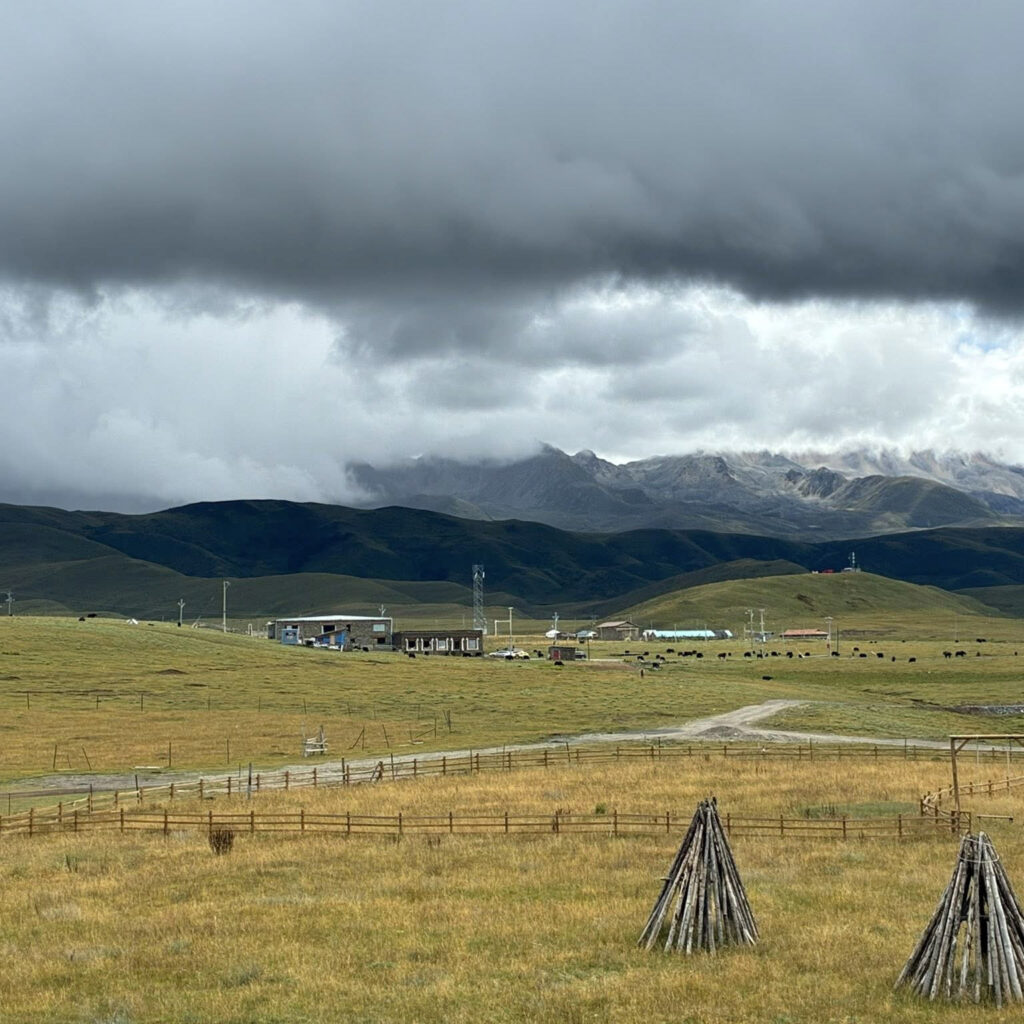
3. Hike to Ani Gompa (Nunnery on the Hill)
A short trek from town leads you to Ani Gompa, a quiet Tibetan nunnery perched above the valley.
The path winds through wildflowers and prayer stones, opening to sweeping views of Yala Mountain (Zhara Lhatse, 5,820 m) — one of the region’s holiest peaks.
It’s peaceful and humbling, a place where time slows and you start to understand why Tibetans see the mountains as living deities.
4. Witness Tibetan Buddhism in Daily Life
Tagong is one of the few places where Tibetan Buddhism feels completely unfiltered.
You’ll see nuns collecting juniper branches for incense, children learning to chant mantras, and elders fingering prayer beads at every step.
Cultural insights:
- Mani Stones: Inscribed with “Om Mani Padme Hum,” these sacred stones line every road.
- Kora: Walking clockwise around holy sites is a form of meditation and devotion.
- Butter Lamps: Lighting one symbolizes enlightenment and compassion — a must-try ritual at sunset.
Every gesture, every chant, and every color tells a story of faith and resilience.
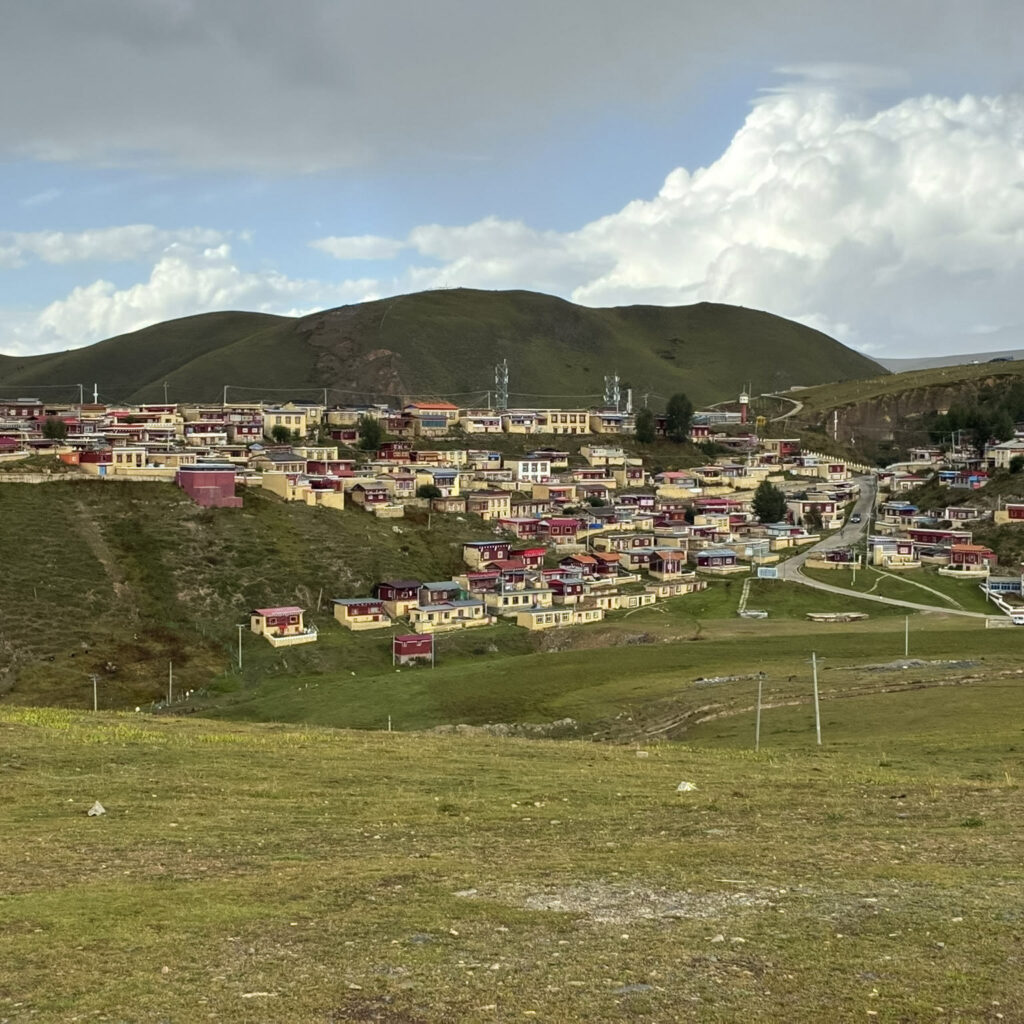
5. Meet the Khampa People — Tibet’s Cowboy Nomads
The Khampa Tibetans are legendary — fierce, proud, and impossibly photogenic with their long braids, heavy jewelry, and warrior spirit.
They’re the keepers of this land, herding yaks and horses across the vast grasslands.
Spend time chatting in small tea houses — you’ll be surprised by their warmth and humor.
They love sharing stories, and you might even be invited into their home for tsampa (barley flour) and yak butter tea.
6. Photograph the Sacred Yala Mountain
Visible from almost every corner of Tagong, Yala Mountain glows gold at sunrise and blush-pink at sunset.
Tibetans believe it’s the home of protective deities, and even from afar, its presence feels divine.
If you love photography, bring extra batteries — the interplay of light and clouds here is hypnotic.
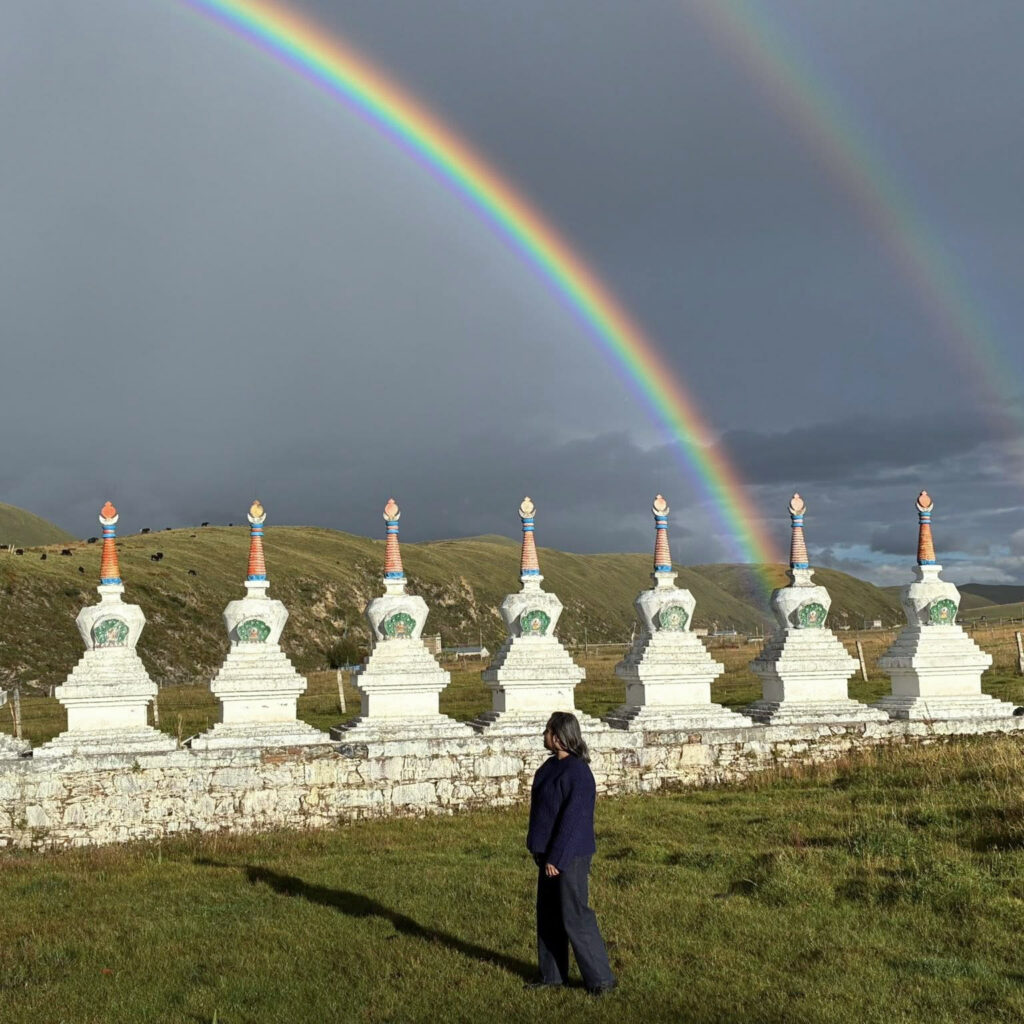
7. A Frightening Lesson in Altitude Sickness
Tagong’s beauty is breathtaking — and I mean that literally.
On my second evening, what started as mild dizziness turned into chest pressure, nausea, and confusion. By midnight, I couldn’t breathe properly, and my lips turned pale. My head pounded as if it would split.
Locals noticed my distress and immediately took me to a small rural hospital, where the doctor confirmed acute altitude sickness.
After oxygen therapy and medication, I was advised to descend immediately to a lower altitude.
At sunrise, I left Tagong in an emergency ride back down to Kangding (2,600 m) — every curve of the mountain road a mix of pain and relief.
Within two hours of descent, the symptoms eased, and my lungs began to cooperate again.
What I learned (and what to do if it happens to you):
- Don’t underestimate altitude. Even if you’re fit, it can strike suddenly.
- Rest on arrival — skip hiking or drinking on your first day.
- Drink water constantly and avoid alcohol or rich food.
- Diamox can help prevent symptoms (ask your doctor before your trip).
- If symptoms worsen (confusion, blue lips, vomiting) — get to a lower altitude immediately.
Altitude sickness is frightening, but with caution and awareness, it’s manageable. Tagong is worth it — just respect its height.
8. Stay Overnight — or Come Back When You’re Ready
Even though I had to leave earlier than planned, Tagong stayed with me.
The monastery bells, the laughter of Khampa children, the smell of burning juniper — all lingered long after the journey ended.
If you’re better acclimatized (for example, after visiting Daocheng or Litang), return to stay a night or two. You’ll experience early-morning chants, horse parades, and skies so close you can almost touch them.
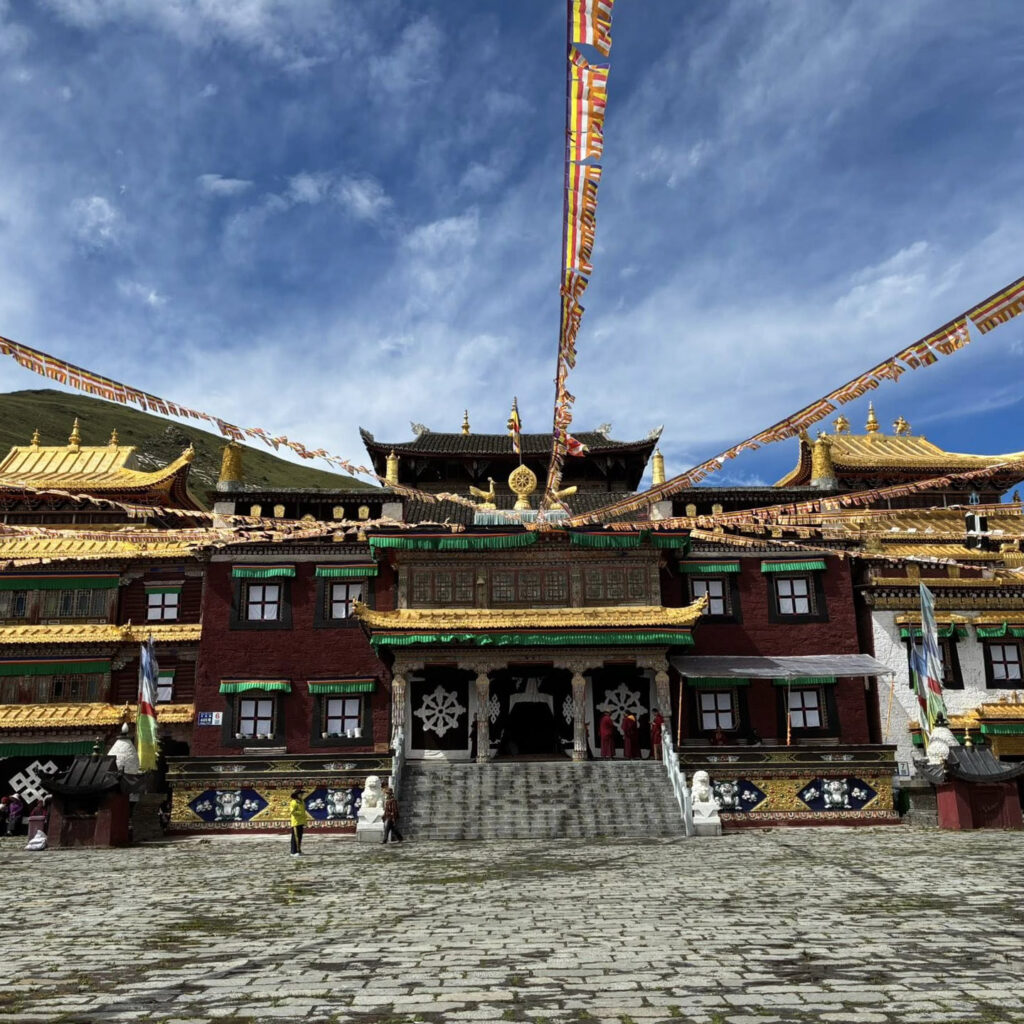
When to Visit & Practical Tips
How to Get to Tagong
- By Air: Fly to Kangding Airport (one of the world’s highest), then drive 2.5–3 hours to Tagong.
- By Road: From Chengdu, it’s a scenic but winding 7–8-hour journey to Kangding, followed by another 3 hours to Tagong.
- By Bus/Private Car: Private drivers are safer for this route — the roads can be steep and curvy.
Best Time
The optimal months to visit Tagong are late spring (May–June) through early autumn (September–October). During this period, the weather is generally milder, the grasslands are lush and green, and the skies tend to be clearer. Summer sees blooming flowers and festivals, but it can also bring crowds and variable weather.
Accommodation & Food
- You’ll find guesthouses, modest hotels, and homestays.
- Local Tibetan cuisine is available — yak meat, barley, butter tea, and local stews.
- A few eateries offer simple international or Chinese-style food too.
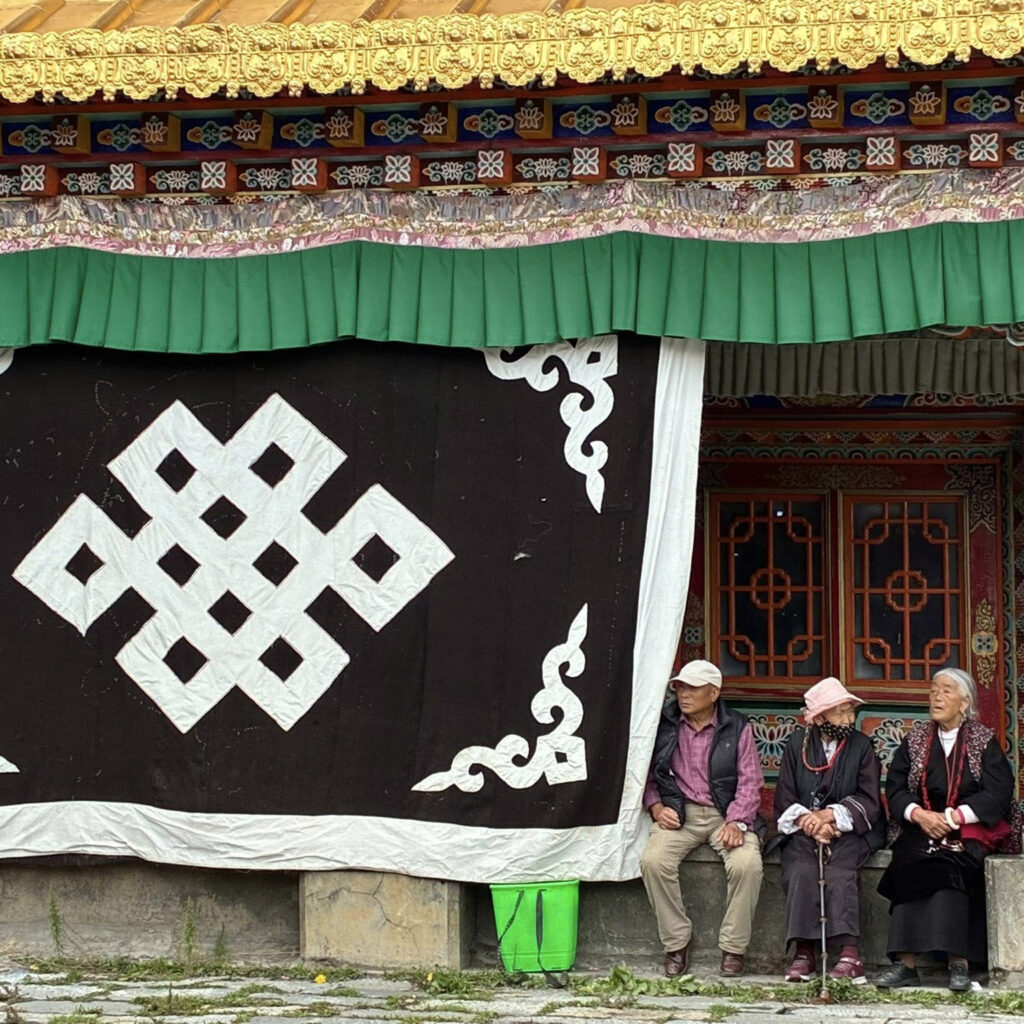
Sample Itinerary for Tagong
| Day | Suggested Activities |
|---|---|
| Day 0 | Arrive via Kangding → transfer to Tagong → rest and acclimatize |
| Day 1 | Morning visit to Tagong Monastery, walk the kora (circumambulation) → hike to nunnery or ridge walk → sunset over grasslands |
| Day 2 | Explore nearby villages, hidden monasteries, local life → depart for next leg (Danba, Yading, etc.) |
You could also stay one extra night to soak in silence, photograph dawn light, and experience local Buddhist ceremonies.
Altitude & Health
Because Tagong is at a high altitude, be mindful of altitude sickness:
- Drink plenty of water, rest the first day, and avoid heavy exertion.
- Avoid alcohol or heavy meals initially.
Addressing Potential Drawbacks
- Some visitors note that tourism development has increased in recent years (costumes for photoshoots, entrance fees, commercialization).
- Certain parts of monastic complexes may be closed to tourists at times.
- Road conditions (especially side routes) can be rough, so choose reliable transport.
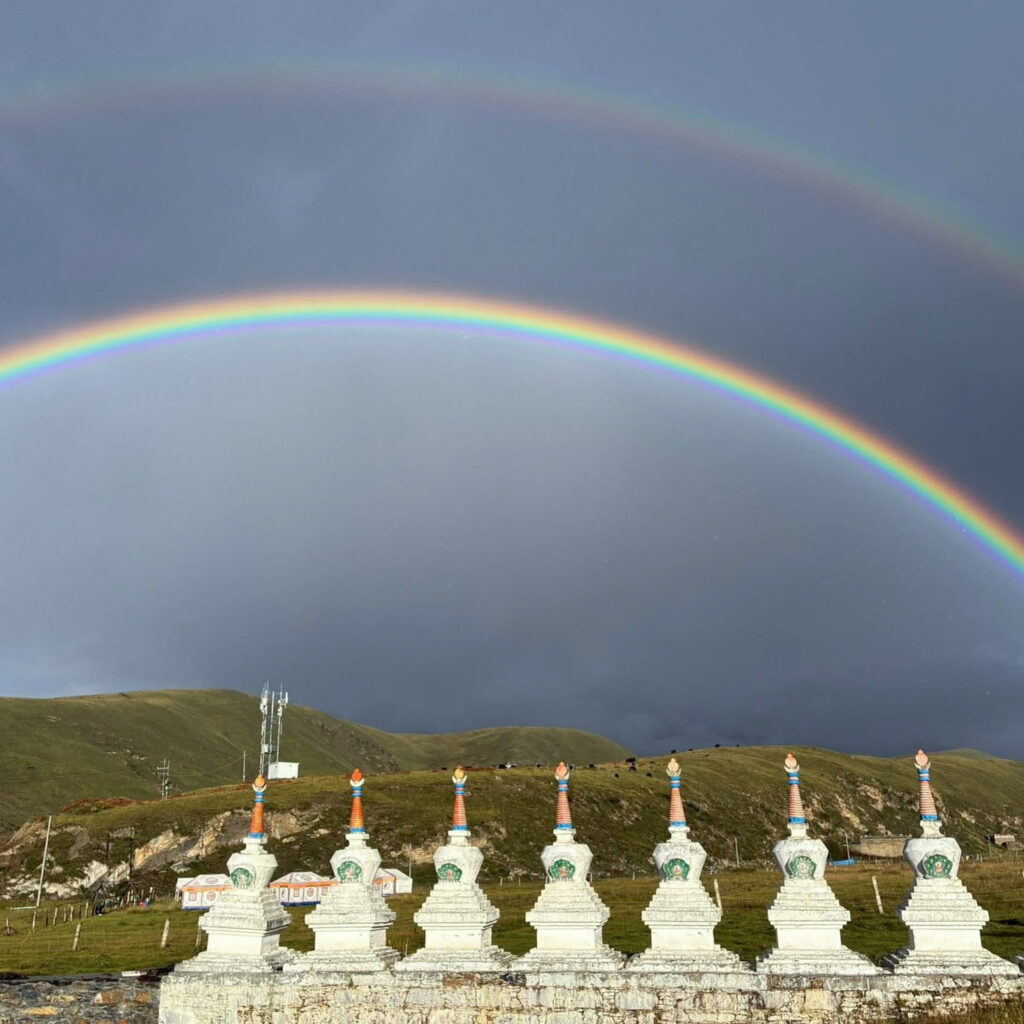
Why Tagong Belongs on Every Maverick’s Map
Tagong isn’t just a travel destination — it’s a journey inward.
It’s where spiritual devotion, rugged landscape, and human fragility intersect.
It tests your limits, humbles your ego, and rewards you with moments that feel eternal.
Yes, I left Tagong gasping for air — but I also left with a fuller heart and a deeper respect for the mountains and the people who call them home.
Because sometimes, the best journeys don’t just take your breath away — they teach you how precious every breath really is.
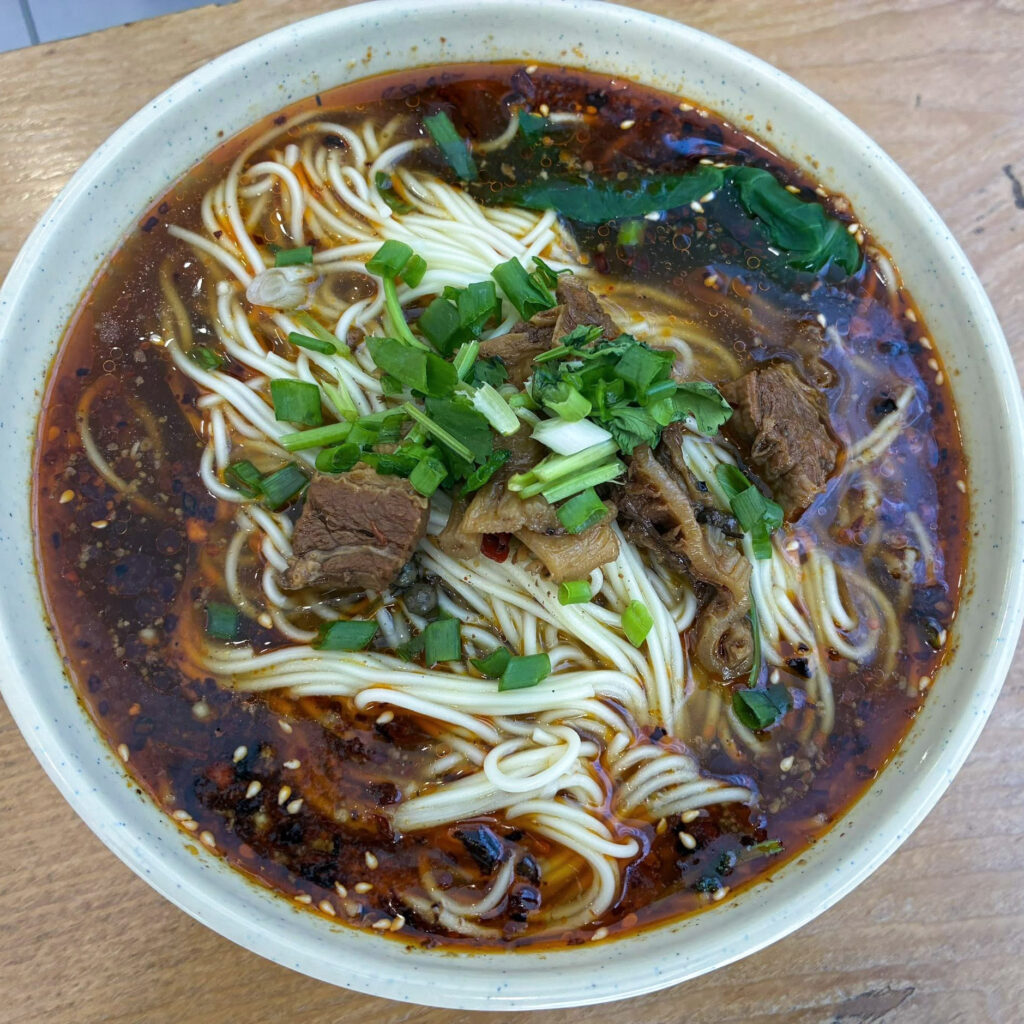
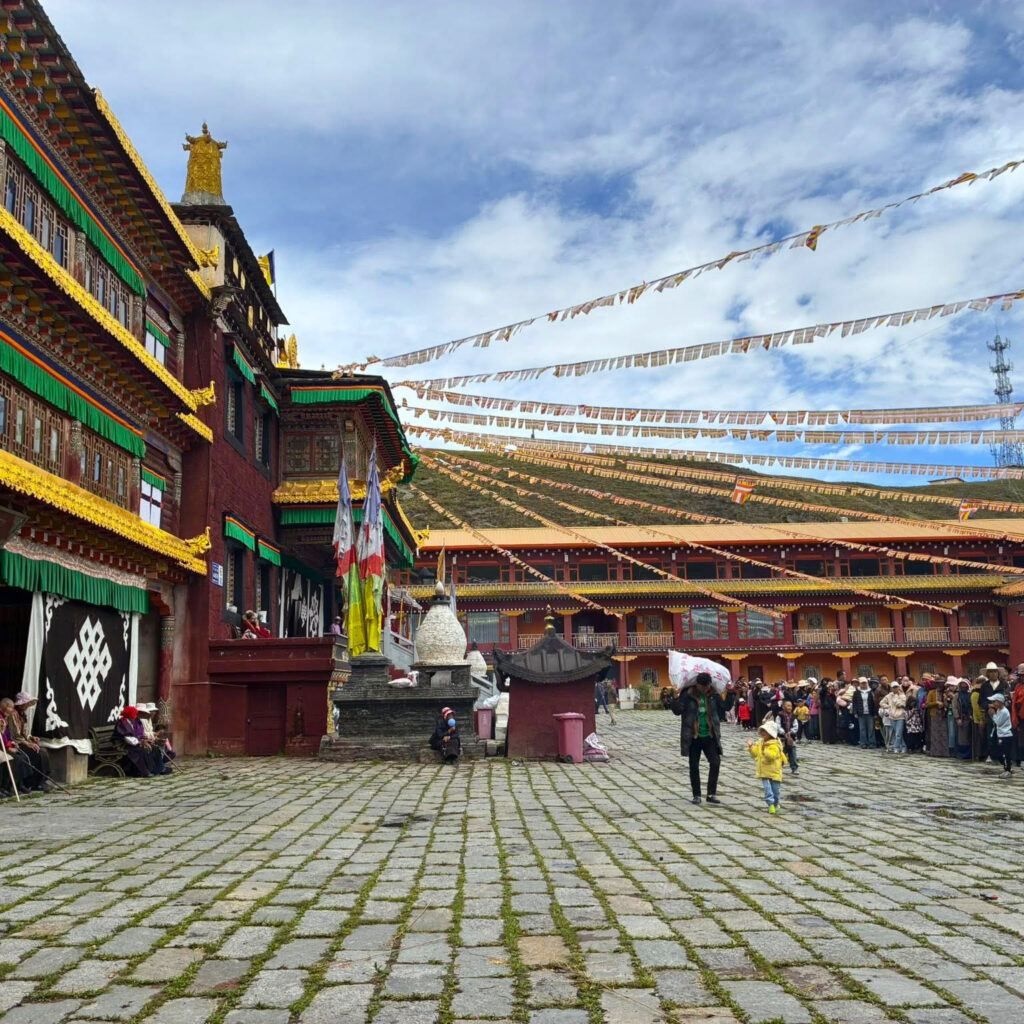
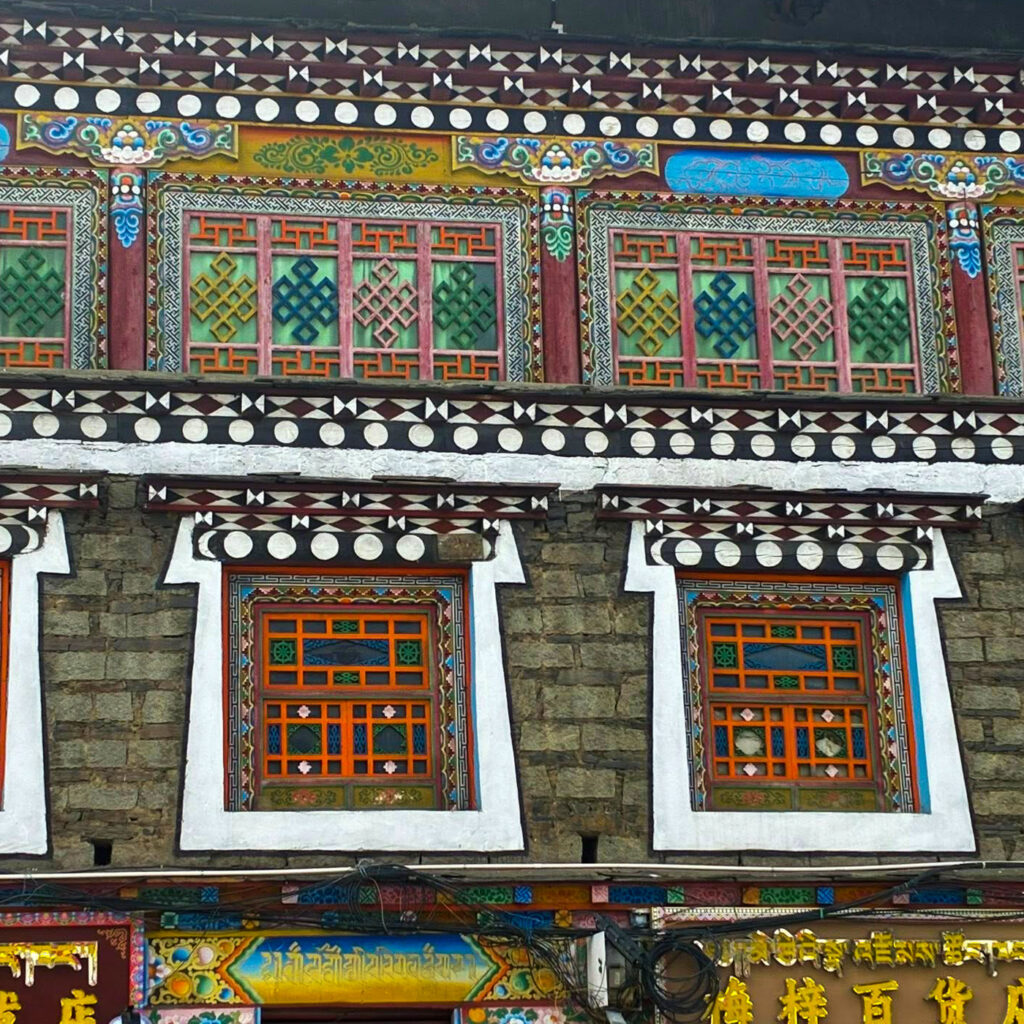
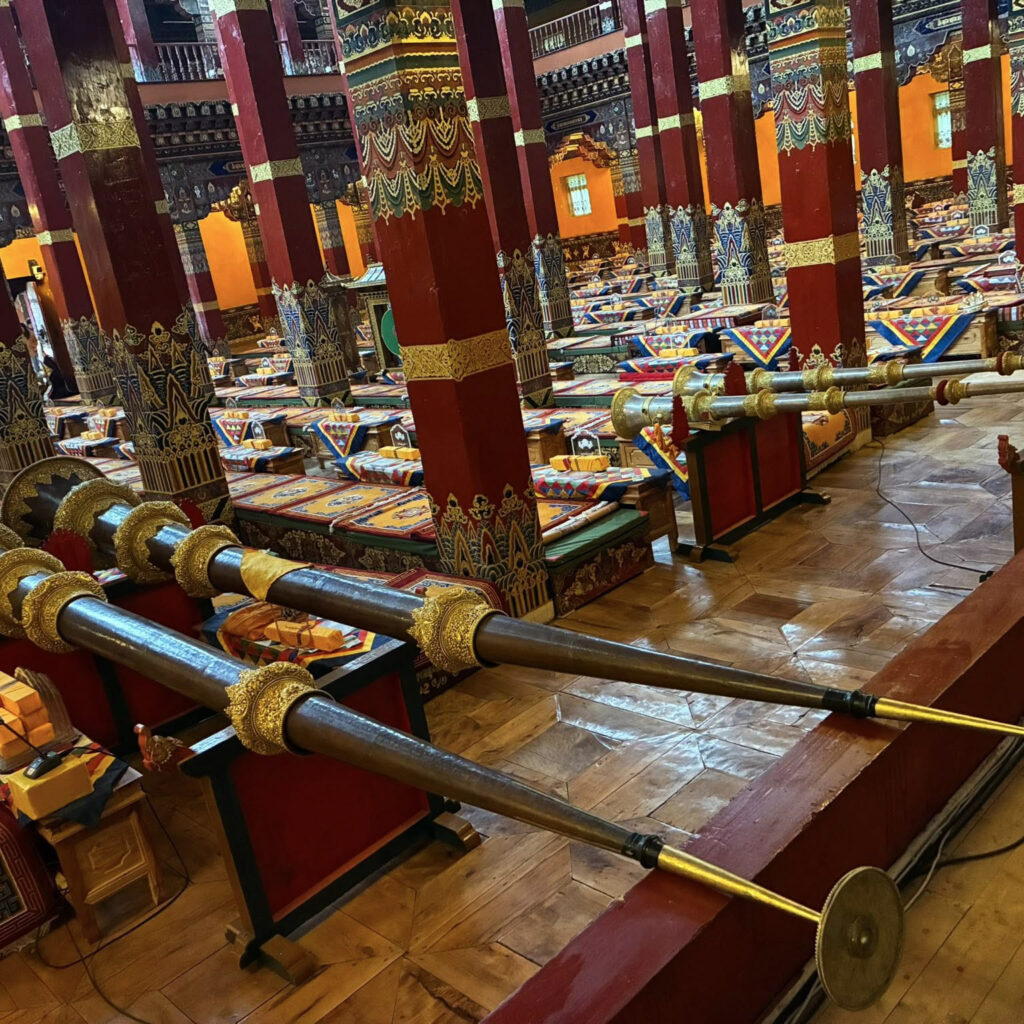
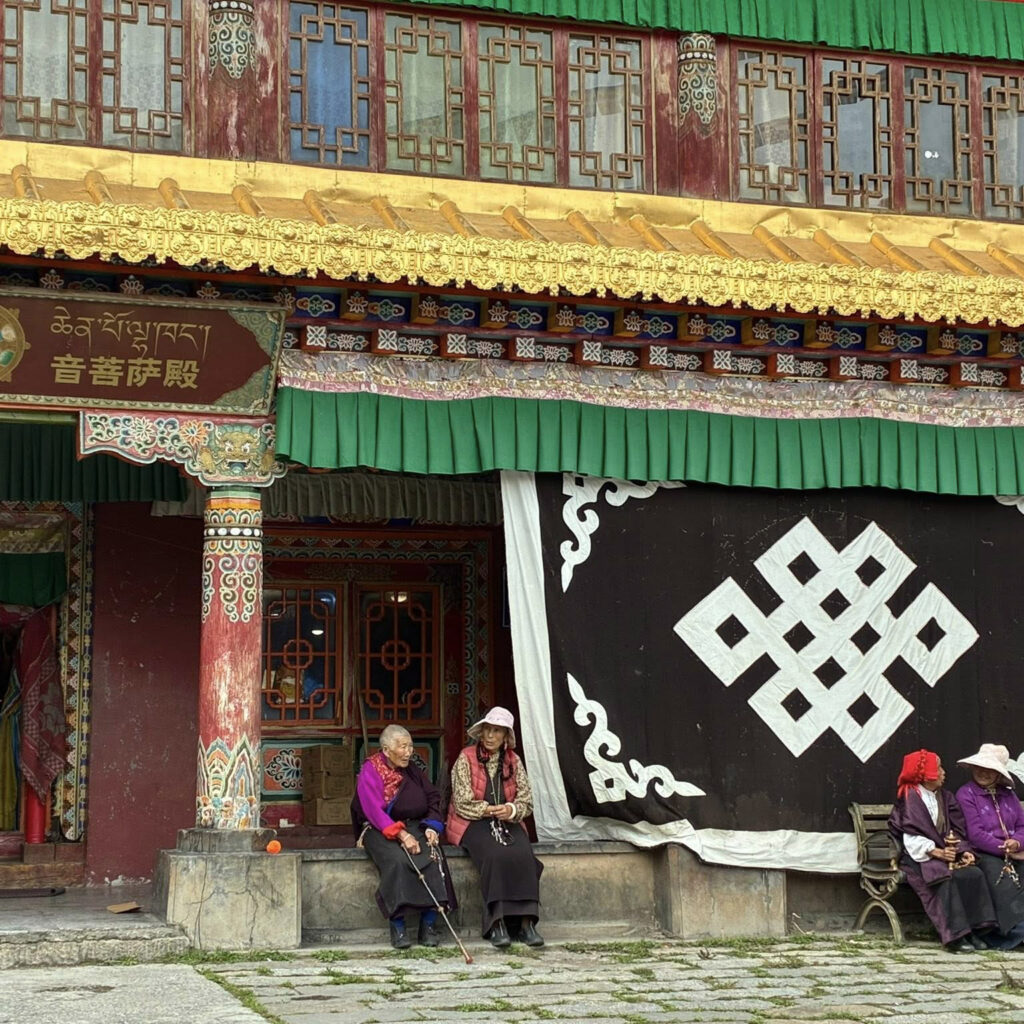
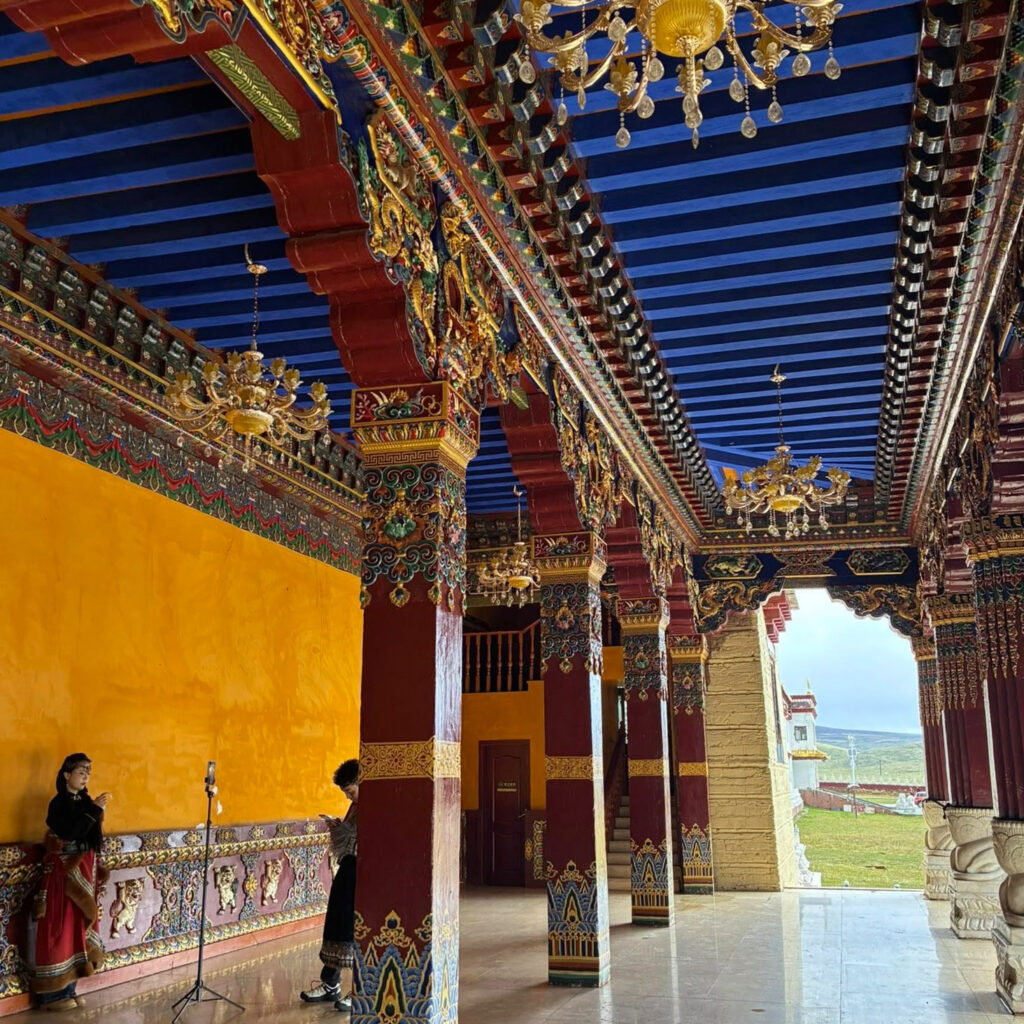
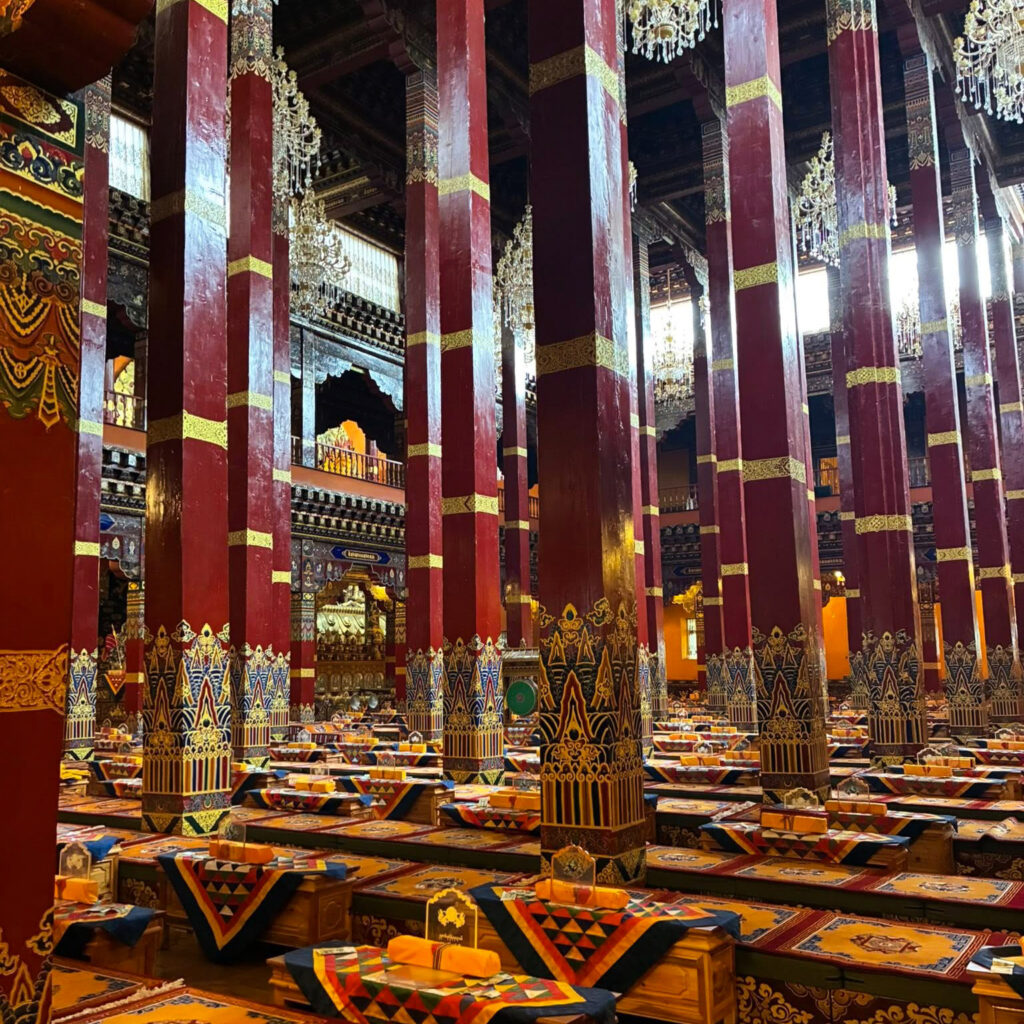
Follow the rest of the China series
- CHINA FOR FIRST TIMERS
- Chengdu Local Market Food Tour & Cooking Class
- CHENGDU IN A DAY
- ZHONGLU TIBETAN VILLAGE
RESPONSIBLE TRAVELING-BECAUSE I CARE
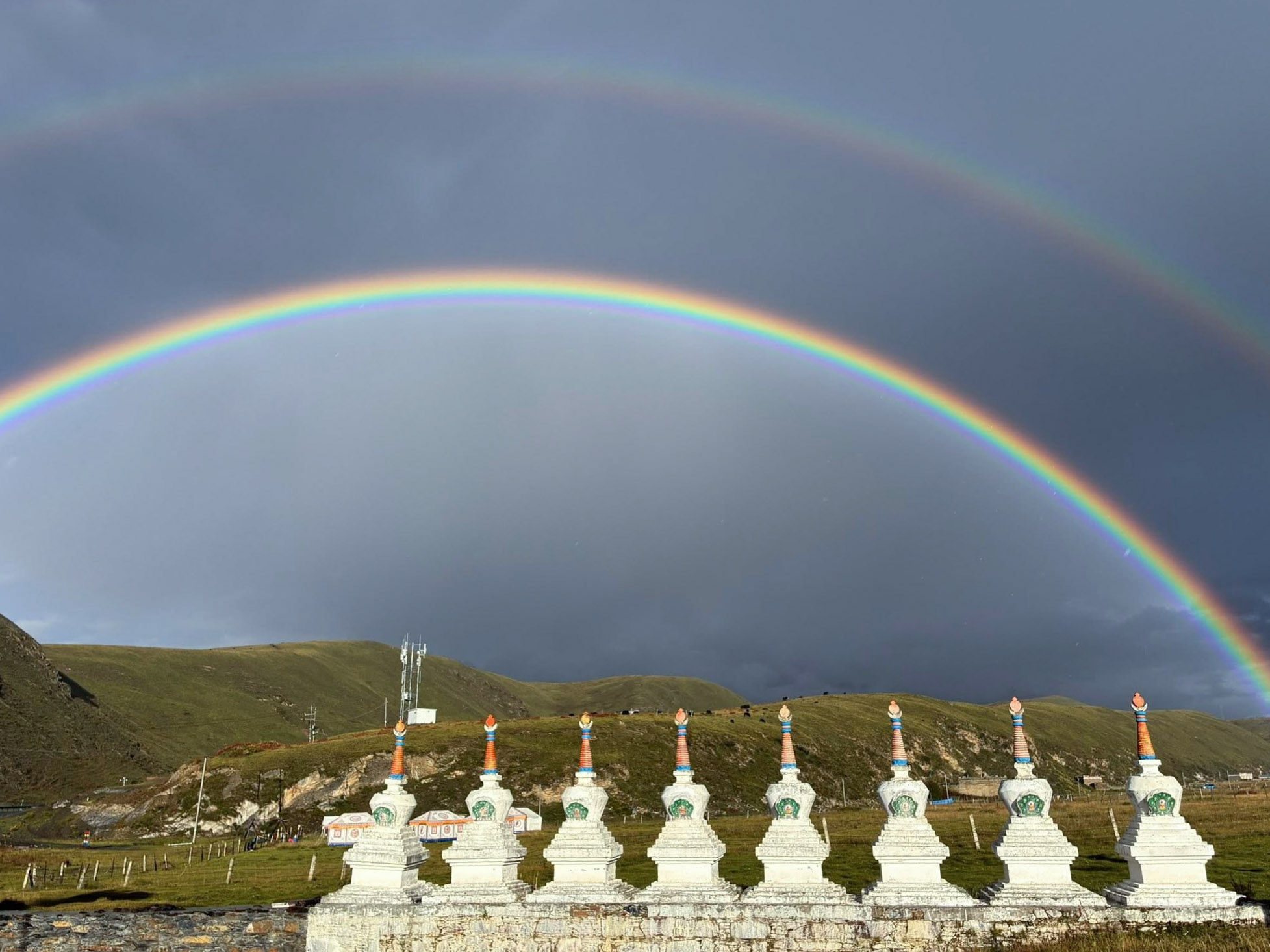

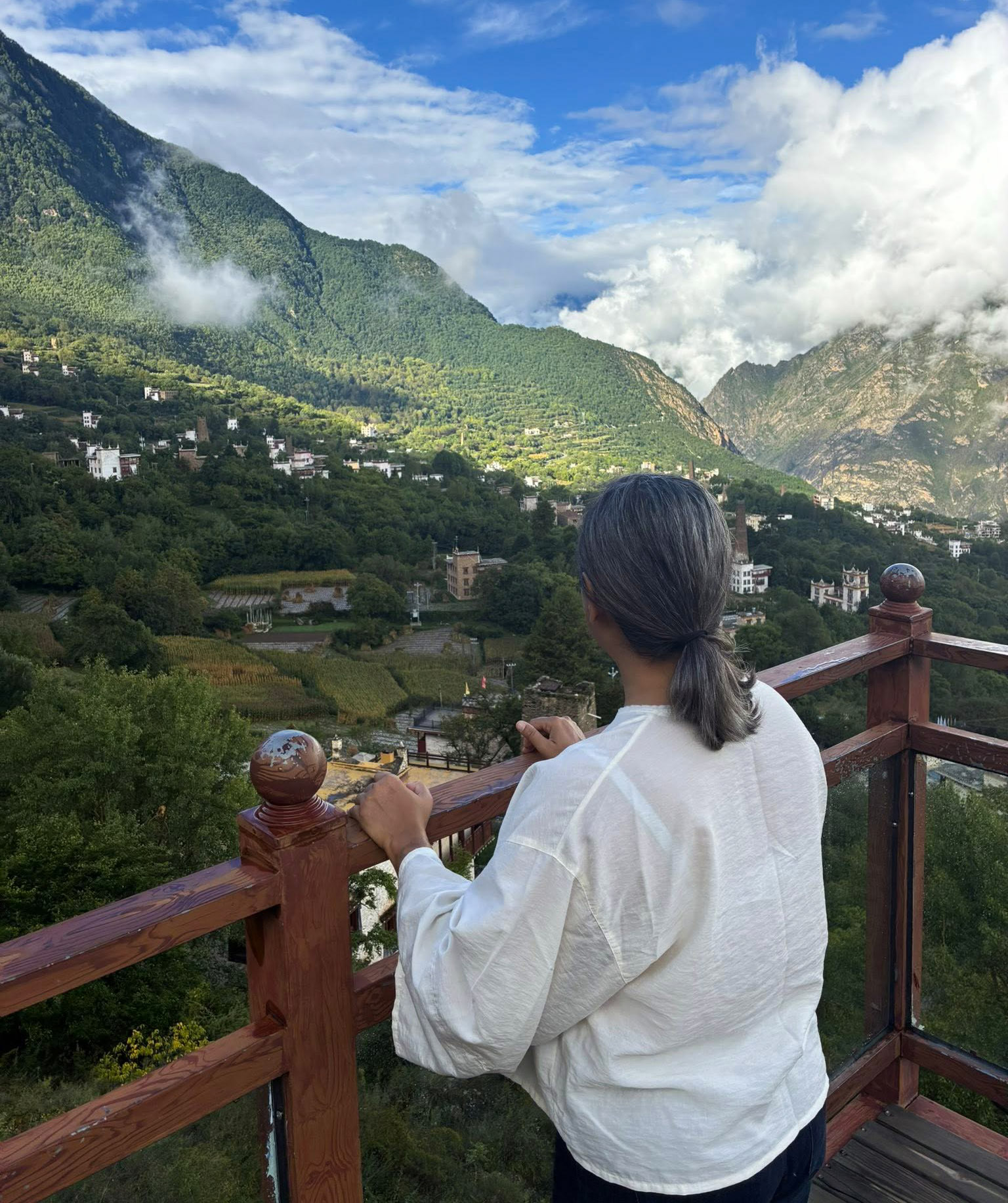
This is brilliant. Simple and to the point.